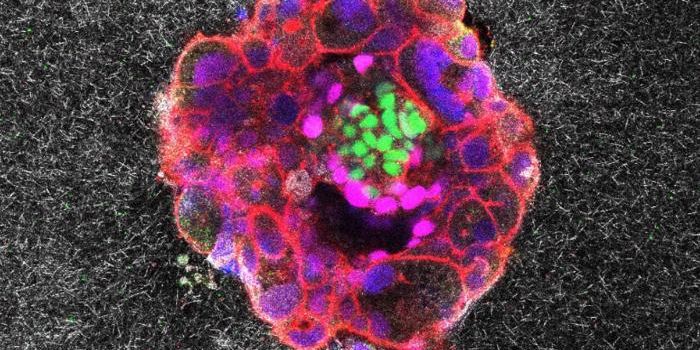Lowering the Carbon Footprint of Pumpkin Farming
The most ubiquitous symbol of Halloween? A bright orange pumpkin.
Whether you’re carving them, decorating them, or decorating with them, be prepared to see endless numbers of pumpkins this Halloween season. Pumpkins are also a crowd favorite in food and drinks. Whether it be pumpkin pie, pumpkin spice lattes, or other pumpkin-flavored goodies, tis the season for all things pumpkin.
Another staple of the fall season is visiting a pumpkin farm, where small and large farms alike grow rows of pumpkins for adults and children alike to pick from. Many farms, most notably, farms in central Illinois, also grow pumpkins for meeting our insatiable demand for pumpkin flavored foods. But amid concerns about how to lower carbon footprints of human activities around the world, farmers in central Illinois that produce pumpkins for Libby’s, which cans the vast majority of all the world’s pumpkins, are taking new steps to cut the carbon emissions of their operations.
Libby’s, located near Morton, Illinois (the self-proclaimed pumpkin capital of the world) is supporting farmers in the transition towards regenerative farming techniques to help lower emissions and attract pollinators.
Regenerative farming techniques, which have long been used by indigenous peoples in the Americas, is focused on helping improve and maintain the health of the soil for farming. Techniques include rotating crops and using fewer chemical-based fertilizers. People practicing regenerative farming are working towards making the land better for growing.
Research shows that regenerative farming techniques can actually play a key role in helping mitigate the effects of climate change caused by farming and agricultural activities, which produce over 10% of all greenhouse gas emissions.
The transition to regenerative farming is not without its challenges. For example, it can be a costly transition, mostly because it requires a lot of trying something, failing, and trying again before any environmental benefit is realized. But, given the clear environmental benefits, along with backing from government agencies like the U.S. Department of Agriculture, regenerative farming could help pumpkin farming lower its carbon footprint.
Sources: Phys.org; CBS; Rodale Institute








